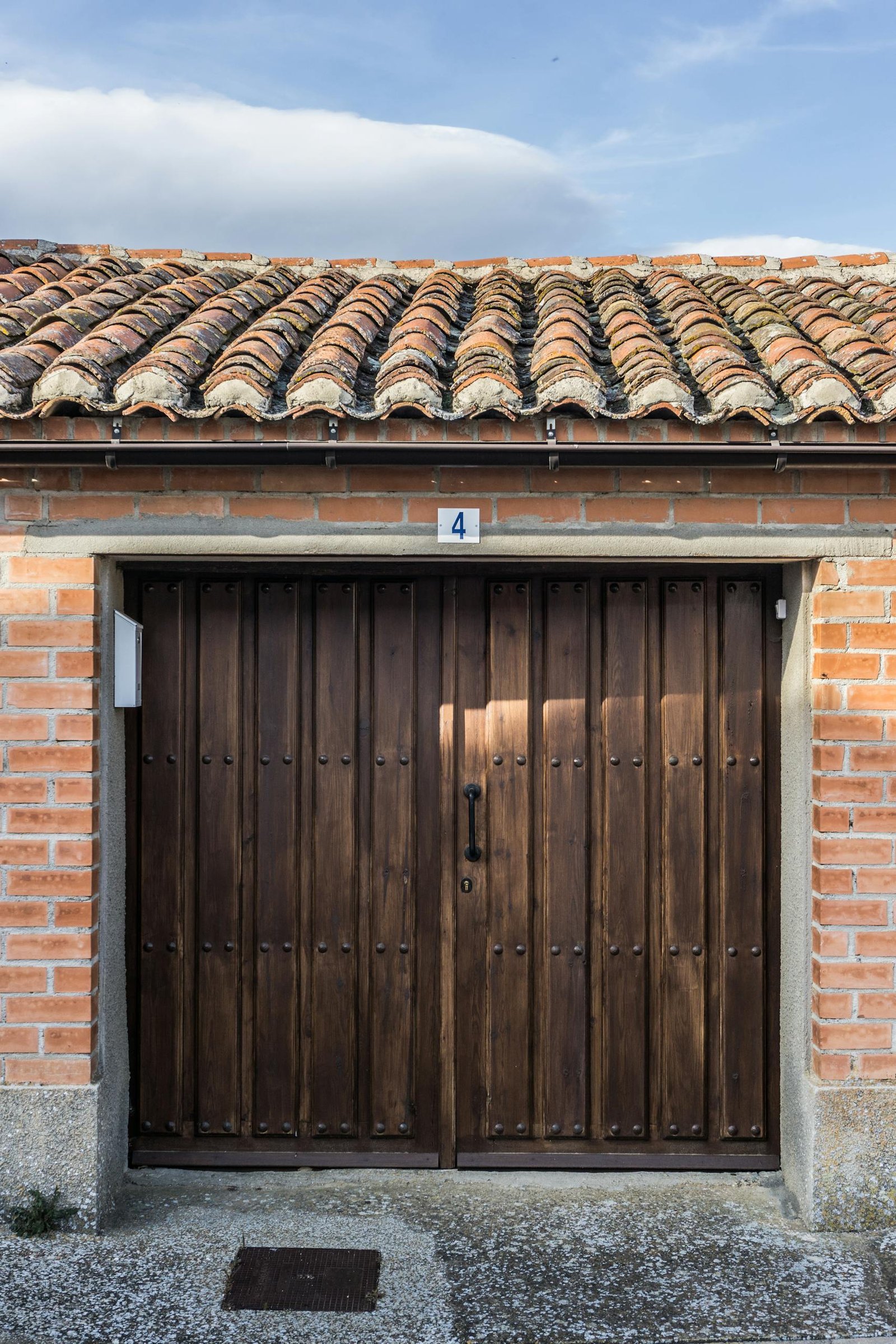When a roof has been repaired multiple times over the years, there may be more than one layer of shingles on it. While adding layers might seem like a quick fix to extend a roof’s life, it can create complications when the time comes for a full replacement. Multi-layered roofs are heavier, and removing them requires specific processes to ensure the house’s structural integrity is maintained, and the roof is properly prepared for new materials. We will explore how New Life Restoration & Construction’s roof contractors handle multi-layered roof removal, focusing on inspection, safety considerations, removal techniques, and preparing the roof for new installation.
Steps of multi-layered roof removal
- Inspecting the Roof for Damage and Layers
Before removing a multi-layered roof, roofing contractors thoroughly inspect it to assess its condition and the number of layers involved. Multi-layered roofs are often the result of multiple repairs or re-roofing efforts over the years, and it’s essential to understand the roof’s overall condition before beginning the removal process. Contractors look for signs of water damage, sagging, or structural weakness that may need to be addressed during the removal.
During the inspection, contractors count the number of layers of shingles on the roof. While most roofs are designed to support only one or two shingles, older homes may have three or even more layers, which can add significant weight. The more layers there are, the more challenging the removal process becomes, as extra caution must be taken to ensure the roof structure isn’t compromised during the removal.
Inspecting the roof allows contractors to plan the removal process carefully, identify any underlying issues that need attention, and determine whether structural reinforcements will be required after removing the layers. This comprehensive inspection ensures that the removal process proceeds smoothly and safely.
- Prioritizing Safety and Structural Integrity
Safety is a primary concern when removing multi-layered roofs, both for the workers involved and for the home’s structural integrity. The weight of multiple shingle layers can significantly strain the roof’s decking and frame, so contractors must be mindful of how much weight is being removed at once. Removing too much too quickly or in the wrong areas can lead to unexpected structural shifts, which could damage the roof or cause injury.
Roofing contractors are trained to use specialized tools and techniques to remove shingles and underlayment layer by layer without damaging the underlying structure. They distribute their weight evenly across the roof and work in sections, ensuring the roof remains stable throughout removal. Contractors also use appropriate safety equipment, such as harnesses, ladders, and scaffolding, to prevent accidents during the removal.
In addition to worker safety, roofing contractors consider the home’s structural integrity. In cases where the roof decking has been weakened by water damage or excess weight, contractors may recommend reinforcing the decking before proceeding with the removal. This ensures that the roof can support the weight of workers and new materials once the old layers are removed.
- Using Specialized Tools for Efficient Removal
Removing a multi-layered roof requires specialized tools to efficiently strip away the shingles, underlayment, and any additional materials that may have been added during previous repairs. Roofing contractors use hand and power tools designed to remove shingles quickly and safely without damaging the roof’s decking.
One commonly used tool is the roofing shovel or shingle scraper, designed to lift shingles and nails from the roof surface. These tools allow contractors to remove large sections of shingles at once while also collecting nails and other debris. Power tools such as pneumatic shingle removers may speed up the process for thicker or more stubborn layers.
Contractors work methodically, removing each layer in sections and disposing of the materials in large containers or dumpsters to keep the worksite clean and safe. Multi-layered roofs can generate significant amounts of debris, so contractors plan for proper waste disposal and recycling where possible. This step ensures that the removal process is efficient and environmentally responsible.
Using specialized tools and techniques, contractors can safely remove all the roof layers without damaging the underlying structure, allowing for a smooth transition to the project’s next phase.
- Preparing the Roof for New Installation
Once all the layers of the old roof have been removed, roofing contractors focus on preparing the roof for the installation of new materials. This step is critical to ensuring that the new roof performs well and provides long-lasting protection for the home. Contractors start by thoroughly cleaning the roof decking removing any remaining debris, nails, or old adhesive.
Next, contractors inspect the decking for signs of damage that may have been hidden beneath the multiple layers of shingles. This could include rot, warping, or soft spots caused by water infiltration. If any damage is found, contractors replace or reinforce the damaged sections of the decking to create a solid foundation for the new roof.
After repairing the decking, contractors install a new underlayment, which acts as a moisture barrier between the roof decking and the shingles. The underlayment is essential for preventing leaks and protecting the roof from moisture buildup, particularly in areas with high humidity or frequent rainfall. Contractors may also install flashing around chimneys, skylights, and vents to seal these vulnerable areas properly.
Once the roof is fully prepared, contractors can install the new roofing materials. Whether the homeowner chooses asphalt shingles, metal roofing, or another material, the new roof will be installed on a clean, solid surface that ensures its longevity and performance.
Removing a multi-layered roof is a complex process that requires careful planning, specialized tools, and a focus on safety. Roofing contractors begin by inspecting the roof to assess the number of layers and any underlying issues, then work methodically to remove the old shingles without compromising the structure. Safety remains a top priority throughout the process, and contractors take steps to protect workers and the home. After removing the layers, contractors prepare the roof for a new installation by inspecting and repairing the decking, installing a new underlayment, and ensuring the roof is ready for its next phase. By following these steps, roofing contractors help homeowners replace multi-layered roofs with new, long-lasting materials that will protect their homes for years.







